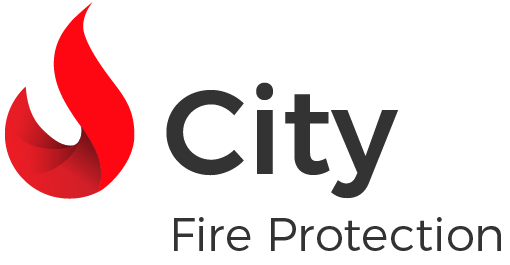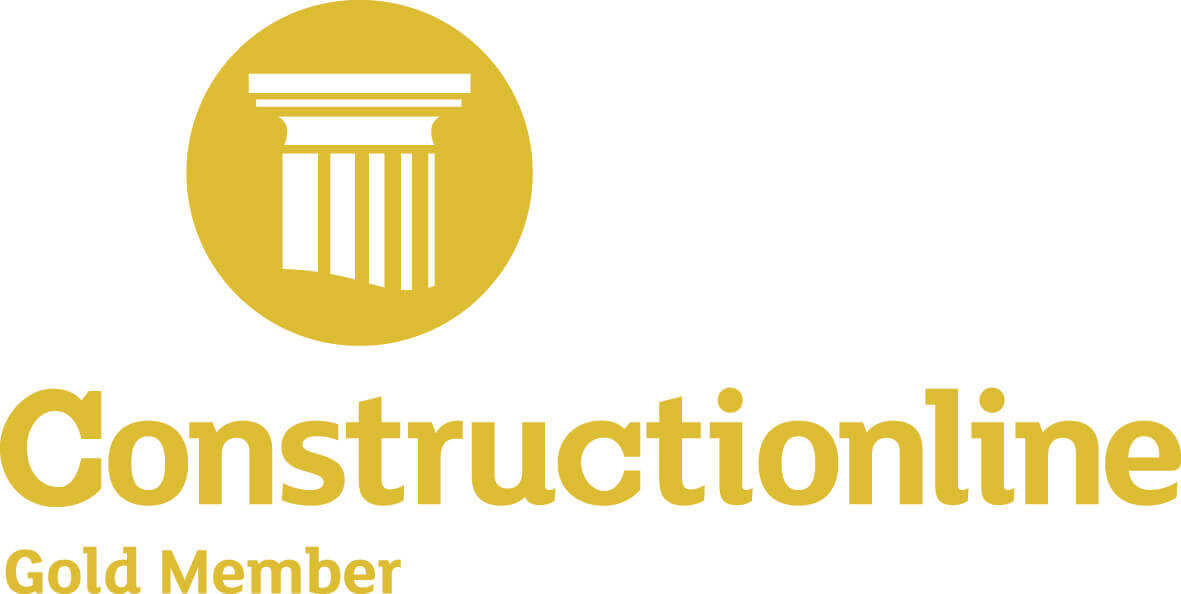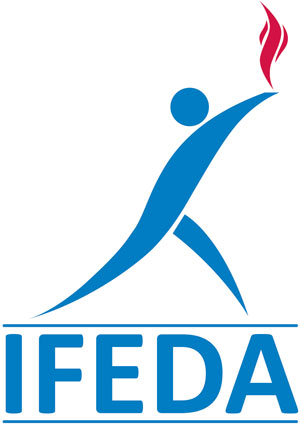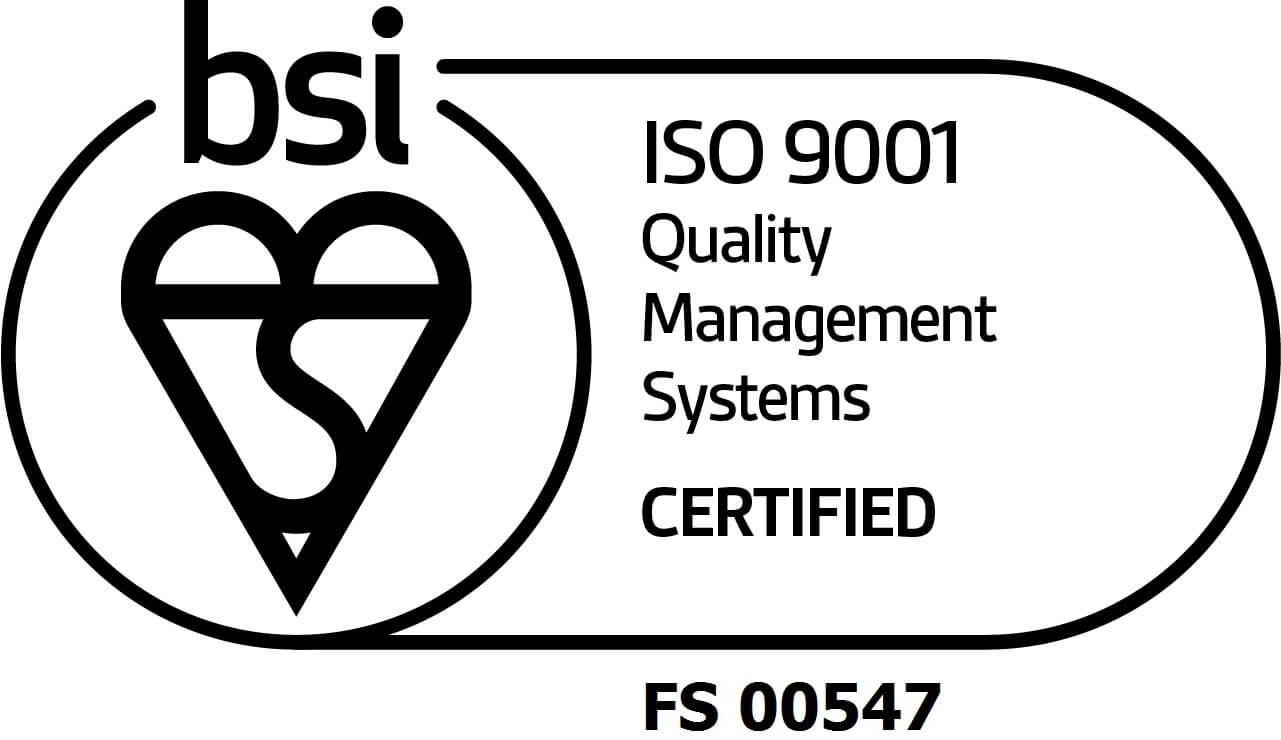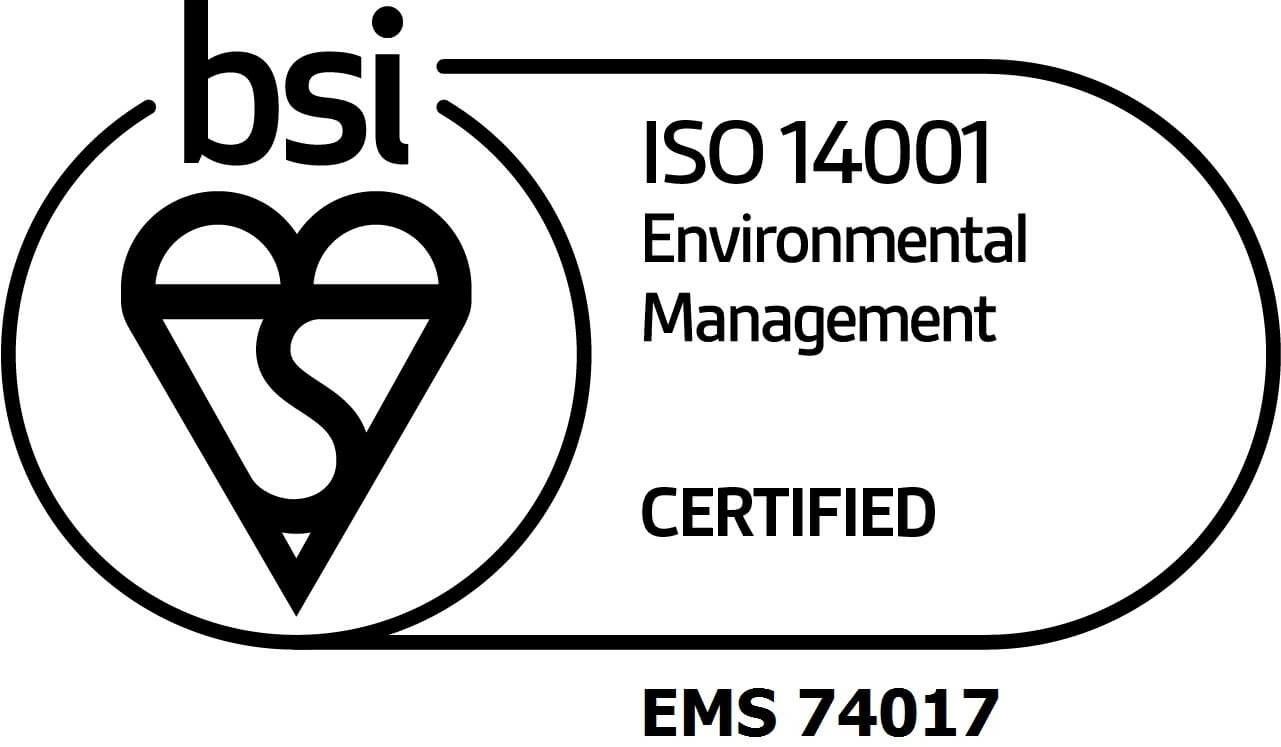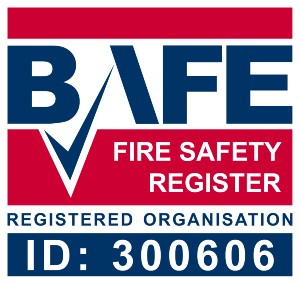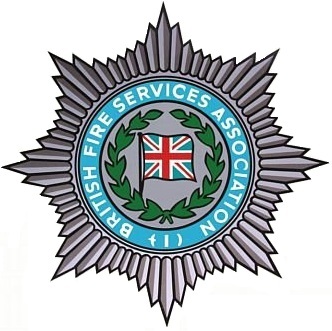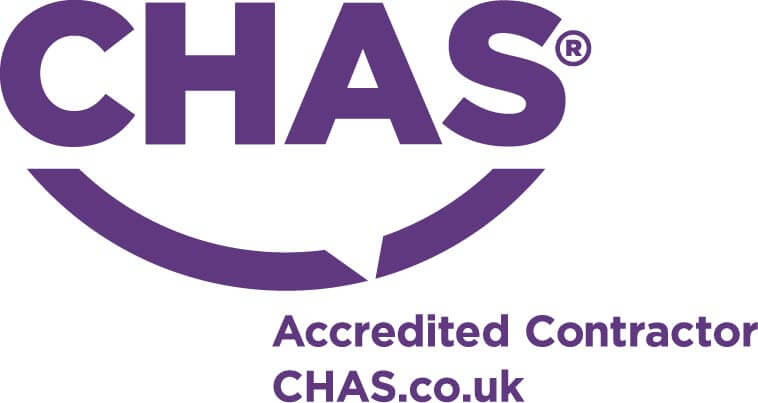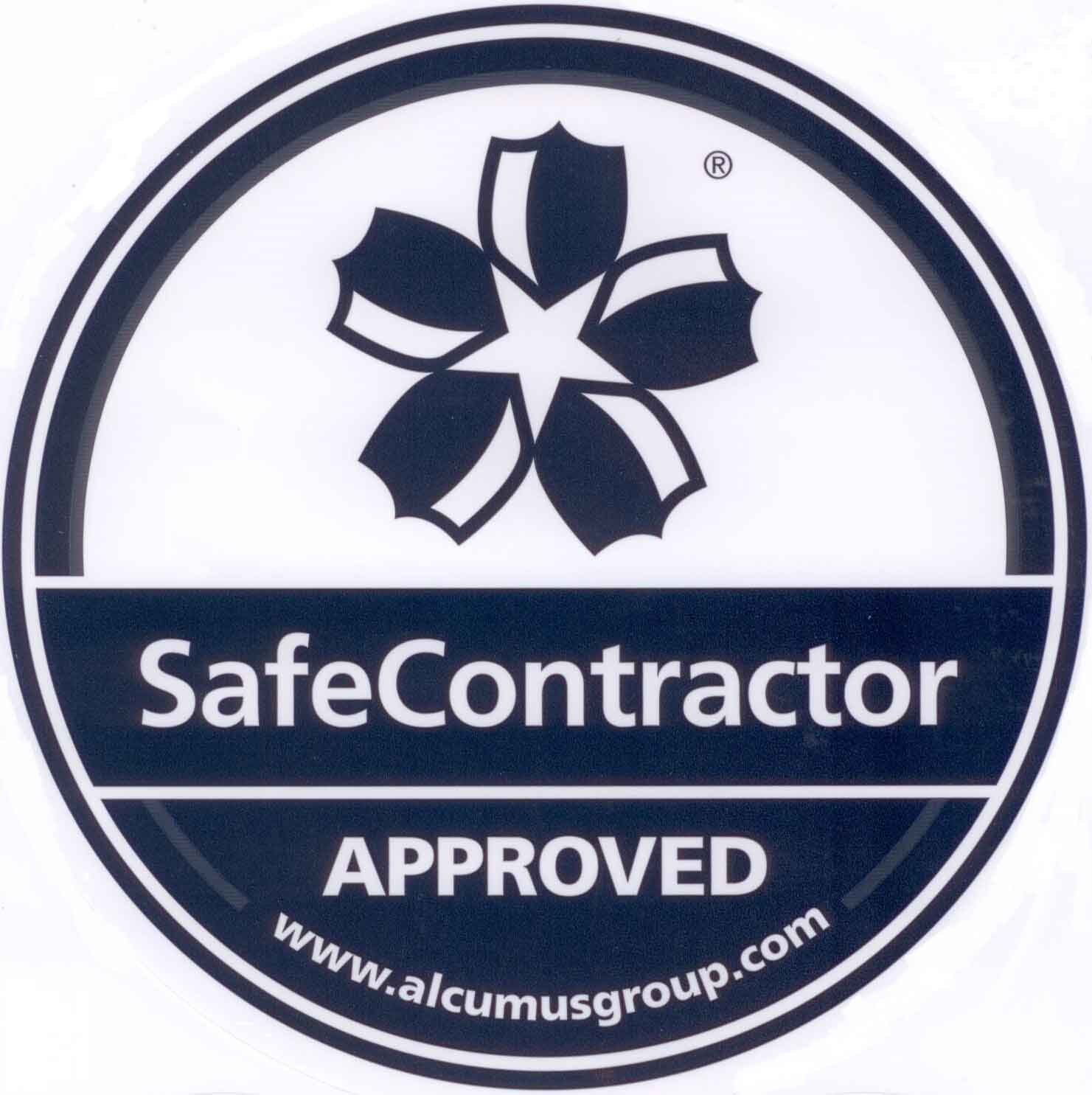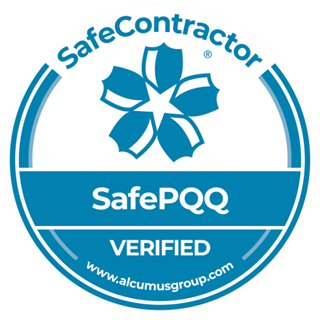Bonfire Night: Tips for Fire Safety
Remember, remember the 5th of November…
Hundreds of people across Britain are injured in incidents involving fireworks every year. In 2005 for example, the last year firework injury statistics were documented, The National Campaign for Firework Safety recorded a staggering 990 firework-related injuries in the four week period from October to November. 475 of these injuries happened at a family or private party firework display and very nearly half (494) of all the injured were 17 and under.
These startling statistics show just how dangerous fireworks can be and clearly establish the need for detailed information regarding firework safety practices. Professionals within the fire safety industry, such as the experts at City Fire, are dedicated to offering specialist help and advice on every aspect of fire protection, ensuring your optimum safety at all times. As such, they are committed to firework safety and try to make sure fireworks are always sold, stored and used in the safest, most responsible way possible.
So, whether you’re thinking of putting on a home display, buying a few sparklers or visiting a professional public firework show, read through the following tips before you go – make sure Bonfire Night is a night you will remember, not one you wish you could forget!
#1 Buying fireworks
It is incredibly important to make sure you always buy fireworks from a reputable, professional supplier. Make sure they conform to British Standards and look for the BS 7114 or CE mark on the box to confirm their compliance. Don’t be tempted by cheaper fireworks sold in temporary, unlicensed shops or market stalls or from ‘back of the van’ dealers, as not only might the quality be poor but, as they may break regulations, they could also be very dangerous.
There are many different types of firework and they are split into categories based upon their properties and intended application. Members of the public can buy and set off most of the fireworks in Categories 1 to 3, whilst Category 4 fireworks, and some Category 2 and 3 which exceed certain size limits, are solely for professional use. Make sure you read the label carefully to ensure the fireworks you are purchasing are suitable for the environment you are setting them off in.
#2 Setting the fireworks off
All fireworks – whatever their size – require extremely careful handling and attention. A simple sparkler can reach temperatures of up to 2000°C, whilst a rocket can travel up to 150 miles per hour! Therefore, when dealing with fireworks it is important to be careful and understand safe practices and processes to ensure your safety and that of everyone around you.
Professionals recommend only having one designated person setting the fireworks off and say to make sure they have read the instructions thoroughly during daylight, are aware and understand all the necessary safety precautions and do not consume any alcohol until all the fireworks have been discharged.
On the night, the person in charge of setting the fireworks off will need a torch, a fire bucket filled with sand or soft earth, a bucket of water, eye protection, gloves and, if possible, protective overalls. Professional fire safety services also highly recommend having a water fire extinguisher nearby in case of an emergency.
And remember, never go back to a lit firework; even if it hasn’t gone off it could still explode!
#3 Bonfire safety
One of the most important things to consider when planning and building a bonfire is location. It must be placed away from structures such as buildings, fences and trees – experts recommend it being at least 18 metres away from such things. If it is a private bonfire it is also advised that they should not be more than 3 metres in height and should never be built underneath overhead cables.
Before starting a bonfire you should always check there are no pets or children hiding within it and, once the bonfire is underway, make sure they are kept at a safe distance. Petrol, or any other flammable liquids, should never be used to start the bonfire or act as an accelerant, due to their unpredictable nature and fire hazard characteristics. Only burn dry materials as damp fuel generates more smoke and never burn plastics as they produce highly toxic gases. Finally, never leave a bonfire to smoulder or ‘burn out’, make sure they have been completely extinguished before leaving.
City Fire are a professional, highly experienced fire safety company, specialising in the supply, installation and maintenance of superior standard fire protection equipment. For more information on any aspects of fire safety or to enquire about their extensive selection of products, simply get in touch today.
